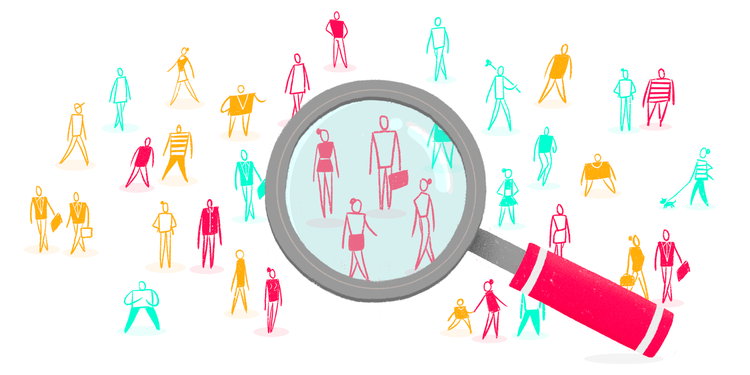One of the most well-known small business origin stories, alongside Steve Jobs starting his business in a garage and Bill Gates sleeping in a hotel basement, is that of Starbucks. According to Britannica, Starbucks, named after Moby Dick's first mate, Starbuck, began in 1971 as a modest store selling coffee equipment and brews. It was founded in Seattle by academics Jerry Baldwin, Gordon Bowker, and Zev Siegl. Unlike most coffee shops at the time, which offered cheap, weak, and tasteless canned brews, these three aimed for higher quality. According to Historylink, Baldwin and Bowker maintained their day jobs to finance the venture, while Siegl was the only paid employee.
Baldwin, Bowker, and Siegl sought guidance from their inspiration and coffee connoisseur, Alfred Peet, to enhance their selection with fresh coffee beans and even apprenticed with him for a while. They bought a used coffee roaster to experiment with their own blends, distinguishing themselves from the competition through their quality and flavors. By the early 1980s, they had expanded to four stores in Seattle.
Their journey faced challenges along the way. After Siegl left in 1980, Howard Schultz joined as head of marketing. Inspired by a recent trip to Italy, Schultz envisioned transforming Starbucks into a cozy café on every corner. However, Baldwin and Bowker disagreed, wanting to stick to their original business model of selling equipment and coffee blends.
Schultz, however, was not convinced and left to start his own company, Il Giornale, which quickly became a major chain. In 1987, when Baldwin and Bowker decided to sell Starbucks, Schultz used his earnings from Il Giornale to purchase it, merging the two companies under the Starbucks name. Over the next four years, Starbucks expanded from 20 locations to over 100, and the rest, as they say, is history.
As you pursue your own successful small business story, it's crucial to monitor the market and identify where the demand lies. Starbucks succeeded by offering what others in the area did not—fresh and flavorful coffee—and by brewing their own beans in-store. However, it was Schultz's market research and forward-thinking vision that enabled Starbucks to connect with the right audiences and achieve its remarkable growth. Embrace change and seek it out to stay ahead of the competition and the market.






